Classic Pizza Dough, Neo-Neapolitan-Style
Classic Pizza Dough, Neo-Neapolitan Style
(Makes five 8-ounce pizzas)
What makes this Neo-Neapolitan is that I use American bread flour instead of Italian -00- flour, but you can certainly use Italian flour, such as Caputo, if you want to make an authentic Napoletana dough. Just cut back on the water by about 2 ounces, since Italian flour does not absorb as much as the higher protein American flour. Always use unbleached flour for better flavor but, if you only have bleached flour it will still work even if it doesn’t taste quite as good. If you want to make it more like a New Haven-style dough (or like Totonno’s or other coal-oven pizzerias), add 1 tablespoon of sugar or honey and 2 tablespoons of olive oil. These are optional–the dough is great with or without them. As with the Country Dough, the key is to make it wet enough so that the cornicione (the edge or crown) really puffs in the oven.
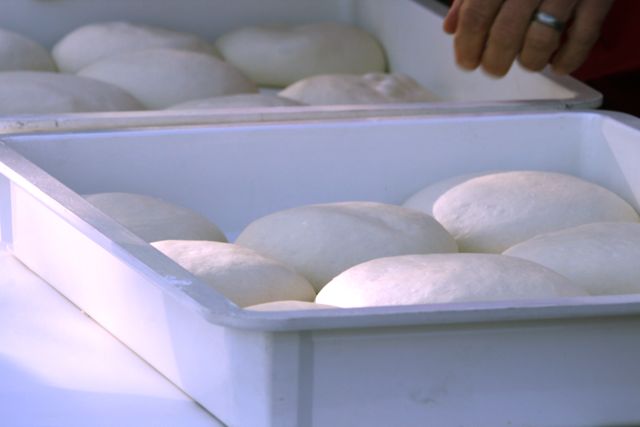
Neo-Neopalitan dough in proofing trays
5 1/4 cups (24 ounces by weight) unbleached bread flour
2 teaspoons (0.5 oz.) kosher salt
1 1/4 teaspoons (0.14 oz.) instant yeast (or 1 1/2 teaspoons active dry yeast dissolved in the water)
2 tablespoons (1 oz.) olive oil (optional)
1 tablespoons (1/2 oz.) sugar or honey (optional)
2 1/4 cups (18 oz.) room temperature water (less if using honey or oil)
–You can mix this by hand with a big spoon or in an electric mixer using the paddle (not the dough hook).
–Combine all the ingredients in the bowl and mix for one minute, to form a coarse, sticky dough ball.
–Let the dough rest for five minutes, then mix again for one minute to make a smooth, very tacky ball of dough.
–Transfer the dough to a lightly oiled work surface, rub a little oil on your hands, and fold the dough into a smooth ball. Let it rest on the work surface for 5 minutes and then stretch and fold the dough into a tight ball. Repeat this again, two more times, at 5 minute intervals. Place the dough in a lightly oiled bowl, cover with plastic wrap, and immediately place in the refrigerator. The dough can be used anywhere from 6 hours to three days after it goes in the fridge.
— (Note: the following steps are the same as for the Country Pizza Dough:) When ready to make the pizzas, pull the dough from the refrigerator two hours prior to when you plan to bake. Divide the dough into five 8-ounce pieces (if there is any extra dough divide it evenly among the dough balls). With either oil or flour on your hands, form each piece into a tight dough ball and place on a lightly oiled pan. Mist the dough balls with spray oil and cover loosely with plastic wrap or place the pan inside a large plastic bag. Give the dough at least 90 minutes before making the pizzas. If you don’t plan to use them all, place the extra dough balls inside of an oiled freezer bag and keep in the refrigerator (for up to three days) or in the freezer (for up to three months).
–If using a pizza stone in your home oven, preheat the oven to the highest setting
one hour before you plan to make the pizzas. If using a wood-fired oven, you know what to do for your particular oven. If you do not have a baking stone you can bake the pizzas on a sheet pan.
–Top with your favorite toppings–this dough can be stretched thin (12-13 inches) for Roman-style pizzas, or 10-11-inches for Naples-style.
Recent Articles by Peter Reinhart
- Peter Scott Ruben: Why Frank Sinatra is the true “Chairman of the Board,” and the Greatest of the Greats
- Elizabeth Brasch, Mellow Mushroom’s Has a Vision
- Nipun Sharma: Pizza’s A-I Robotics Future is Now
- Maui Pizza with Chef Jeff Scheer of Restaurant Marlow
- The Pizza Yodi’s Are Back –John Arena and Brian Spangler are in the House!
- Arthur Bovino and Alfred Schulz and Their Pizza Pod Party
Add Comment
You must be logged in to post a comment.





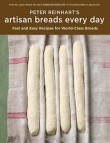

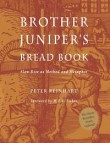
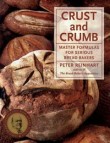
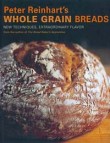
The only thing I would add to this discussion is that despite everything that I know about cooking pizza – which would tell me to get the stone as hot as possible, my best experience has been:
a. Fire the stone as hot as possible in my oven for about an hour.
b. Turn down the temp to 475.
c. The first pizza doesn’t cook right, but the rest cook great. The stone holds a consistent 475 +/-.
My wood fired pizza oven in the back yard gets 650 floor, and cooks great, but for the home oven 475 seems to do the trick.
I am trying this dough tonight on my pizza lovers. Hope it will also work for calzone. Quick question for you. I saw a recipe for chewy thin pizza dough a little while back that included some Swans Down cake flower and I am wondering what impact that would have on dough for pizza> I’m afraid I can’t remember if the recipe also used AP or Bread flour. Any thoughts?
Morgan,
I agree that freezing after it rest and then using produced my best dough yet. Tonight I am trying it the other way (froze first). Regardless, I find I always like the dough better after a freeze. I wonder why!
–Dawn
My son made this for us when he was home for a visit last Christmas, now I am spoiled for anything else. The pizza was the best I’ve ever tasted! Thanks!! Think it’s time for me to try my hand at it, as I’ve been craving pizza for a week.
Hi,
My question is on the mixing times when doing it by hand…. one minute and it’s not going to come together well. I’m guess like 2-3 minutes initially, then after the 5 min rest we would mix by hand for another 3-4 minutes and then wait 5 minutes and do the stretch and fold.
I did it once and it was amazing.. but just think that recipe maybe should reflect the differences in time to newbies